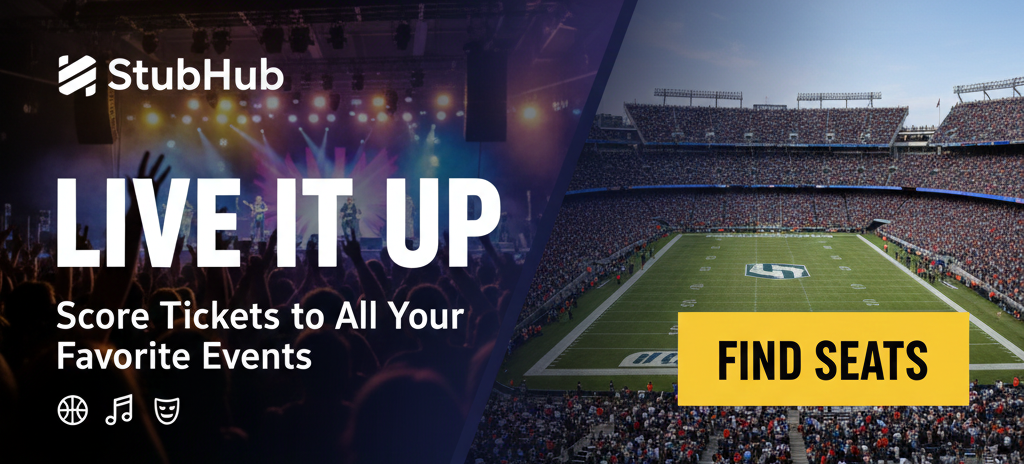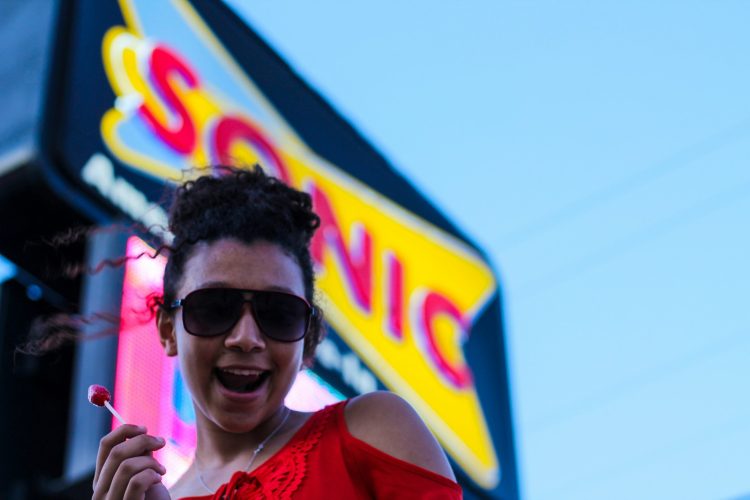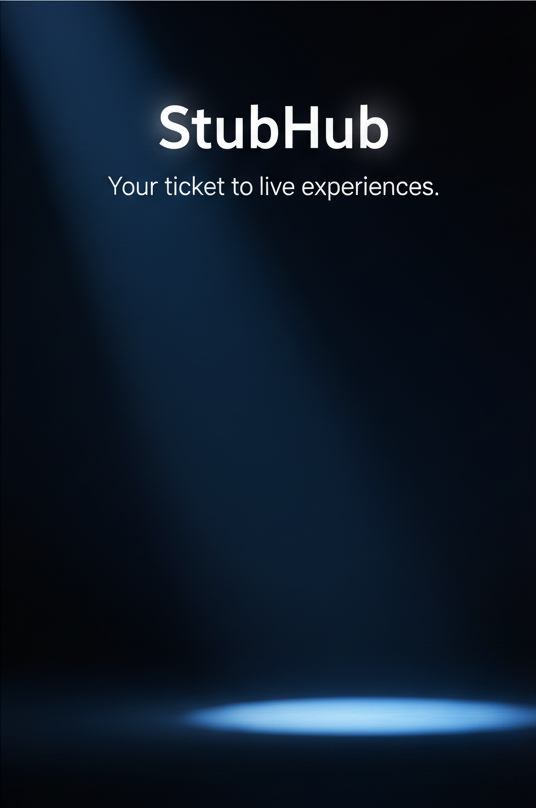There’s a certain electric anticipation that buzzes through the air before a concert begins. The stage lights pulse, the crowd surges, and every fan is chasing the same goal: the best spot in the house. Whether you’re trying to lock in that front-row view or find the sweet acoustic zone halfway back, where you stand can make or break your concert experience. But scoring that ideal position isn’t just about luck—it’s a delicate dance of timing, strategy, and a little bit of concert-savvy know-how.
As someone who’s stood in lines that wrapped around city blocks, navigated the chaos of general admission pits, and even made friends with security guards to snag a little extra space, I’ve picked up a few truths. Getting the best spot isn’t just a matter of showing up early—it’s about showing up smart.
Know Your Venue Inside and Out
First things first: not all concert venues are created equal. A strategy that works for a 300-capacity club won’t fly in a stadium with 20,000 screaming fans. That’s why the first key to claiming the perfect spot is research. Look up the venue layout before the show. Many venues publish seating maps online, and fan forums or Reddit threads are goldmines for tips from people who’ve been there before.
For indoor venues, look for elevated areas close to the sound booth—these usually offer balanced acoustics and a clear view over the crowd. For outdoor festivals, consider terrain—small hills or raised ground can give you a crucial height advantage. If it’s general admission, locate all possible entrances and pick the one closest to your ideal stage position. Trust me, the shortest line isn’t always the smartest choice.
Timing Isn’t Everything… But It’s a Lot
Yes, showing up early matters, but it’s not the full picture. Depending on the artist’s popularity, lining up four hours early might be overkill—or barely enough. Hardcore fans of big-name artists will camp out overnight, turning sidewalks into makeshift communities of sleeping bags and pizza boxes. If you’re not that extreme, arriving about 90 minutes before doors open usually lands you in the first third of the crowd—prime real estate without losing an entire day.
Still, don’t underestimate the power of mid-show movement. Once the opening act ends, there’s often a subtle shift in the crowd as people go for drinks or restrooms. That’s your moment to move forward, politely but confidently. A few inches at a time, you can work your way closer without ruffling feathers.
Dress for Movement, Not the ‘Gram
It’s tempting to dress to impress, especially if you’re seeing your favorite artist or snapping selfies for social media. But if your outfit can’t handle a little sweat and crowd jostling, it might be better suited for the after-party. Comfortable shoes are non-negotiable—you’ll be on your feet for hours. Layers help, especially in outdoor venues where the temperature can swing wildly from soundcheck to encore.
A crossbody bag or fanny pack is your best friend: it keeps your essentials close without swinging around or getting in the way. And for those of us on the shorter side, a hat can block the view of people behind you, so be considerate. The best concert fans think of each other, not just themselves.
Make Friends, Not Enemies
Concerts are communal experiences, and making allies in the crowd can be your secret weapon. Chat with the people around you while waiting for the show to start. Not only does it make the time fly, but if you need to step out to grab water or hit the restroom, your new friends are more likely to save your spot.
There’s also a tactical advantage to being a good neighbor. People are more likely to let you slide into open space or shift slightly to give you a better view if you’ve been kind and respectful. Aggressive behavior, on the other hand, is a surefire way to get blocked, boxed out, or worse—booted by security.
Know the Unwritten Rules
There’s an unspoken concert etiquette that separates the seasoned fans from the casual attendees. For instance, pushing aggressively toward the front once the show starts is a major faux pas, especially if you arrived late. It’s a fast way to earn the crowd’s collective glare. The same goes for blocking others with phones, signs, or giant hats.
If you’re tall, try not to stand directly in front of someone significantly shorter. A slight adjustment can make a big difference to someone else’s experience. And when you’re enjoying the show, do it fully—but not at someone else’s expense. That means no drunken stumbling, no shouting the lyrics into your neighbor’s ear, and please—save the FaceTime calls for later.
Security is Not Your Enemy
It’s easy to think of security guards as the fun police, but more often than not, they’re your best allies. They know the venue better than anyone and often have tips or shortcuts if you ask respectfully. If you’re polite and friendly, they might even clue you into better entrances, early access opportunities, or tell you which side of the stage the artist favors.
And if someone is making the concert miserable for you—whether they’re being aggressive, intoxicated, or just plain obnoxious—don’t be afraid to speak up. You’re there to enjoy yourself, and a quick word to security can solve problems fast.
Think Beyond the Front Row
Let’s bust a myth: the front row is not always the best seat in the house. Sure, you’re close enough to see every sweat bead on the drummer’s forehead, but you’re also in the thick of the most intense crowd energy. It’s loud, tight, and often more chaotic than fun.
Some of the best concert experiences happen just behind the main pit zone, where you still get a great view and sound without sacrificing comfort. Look for places near the soundboard or lighting rig—if that’s where the pros are setting up, it’s probably where the audio is at its best.
Exit Strategy Matters Too
Part of getting the best spot includes knowing how you want to leave. If you’re all the way up front, you’ll be among the last to exit—squeezing through a slow-moving crowd. If you’ve got somewhere to be after the show or just want to avoid the crush, consider positioning yourself with one eye on the exit. Sometimes, sacrificing ten feet of proximity means gaining ten minutes of peace on the way out.
In the end, concerts are about more than just the view—they’re about the moment. The music, the crowd, the energy pulsing through every shared beat. Getting the best spot just helps you dive into that moment with everything you’ve got. Whether you’re front row with your hands on the rail, or grooving halfway back with a perfect line of sight and room to dance, the best spot is the one that lets you lose yourself in the music.
So plan a little, pack smart, make a few friends—and claim your space. Because when the lights go down and that first note hits, you’ll know: you did it right.





